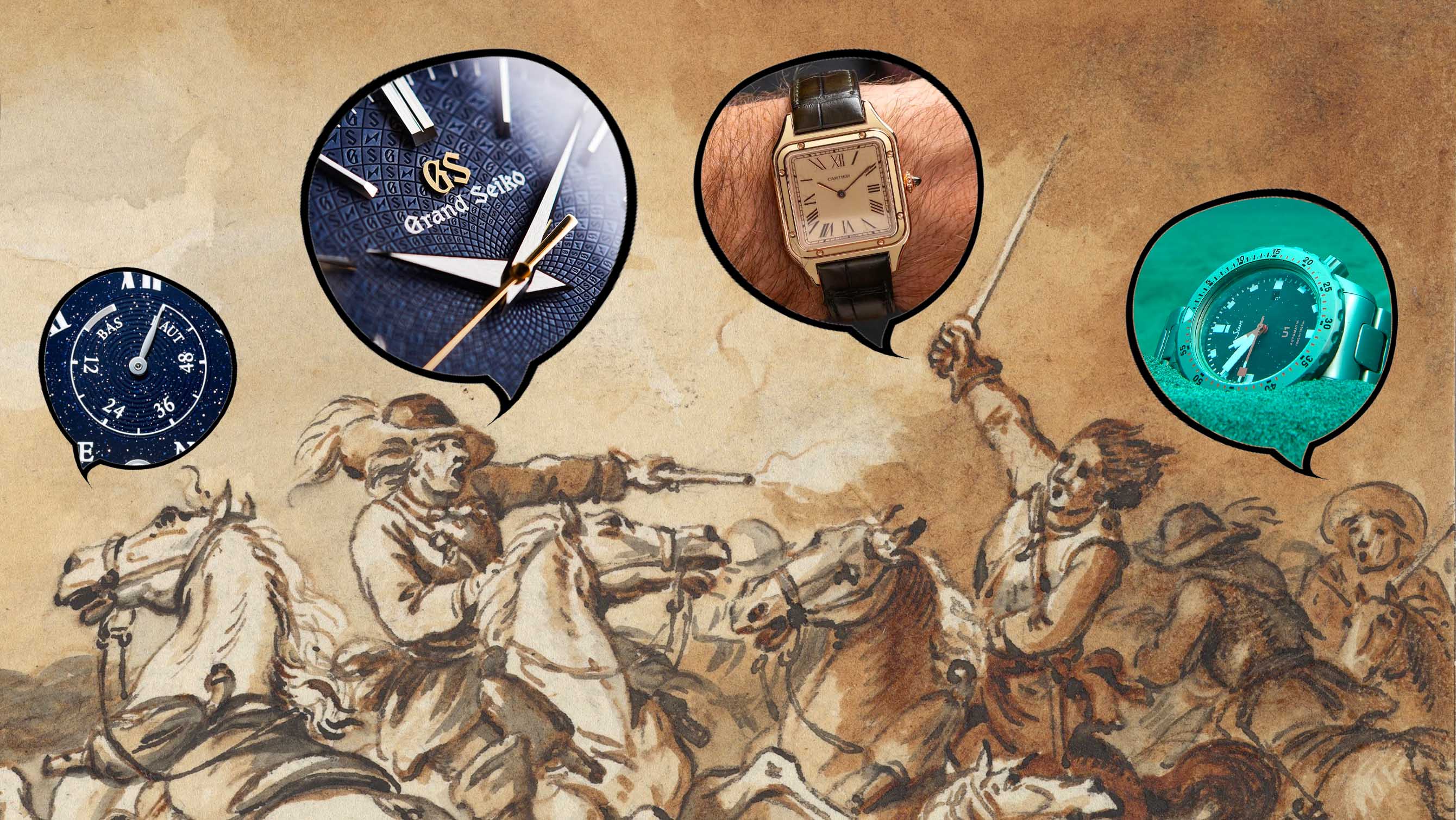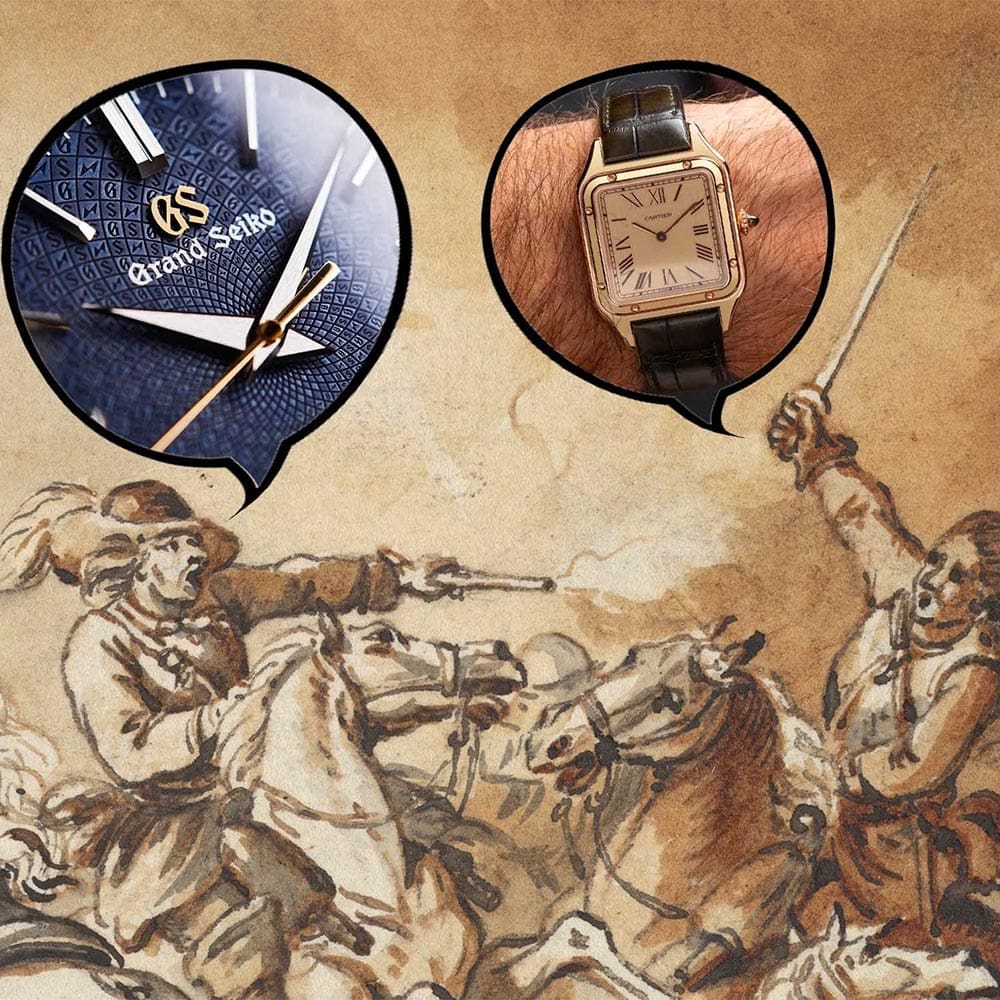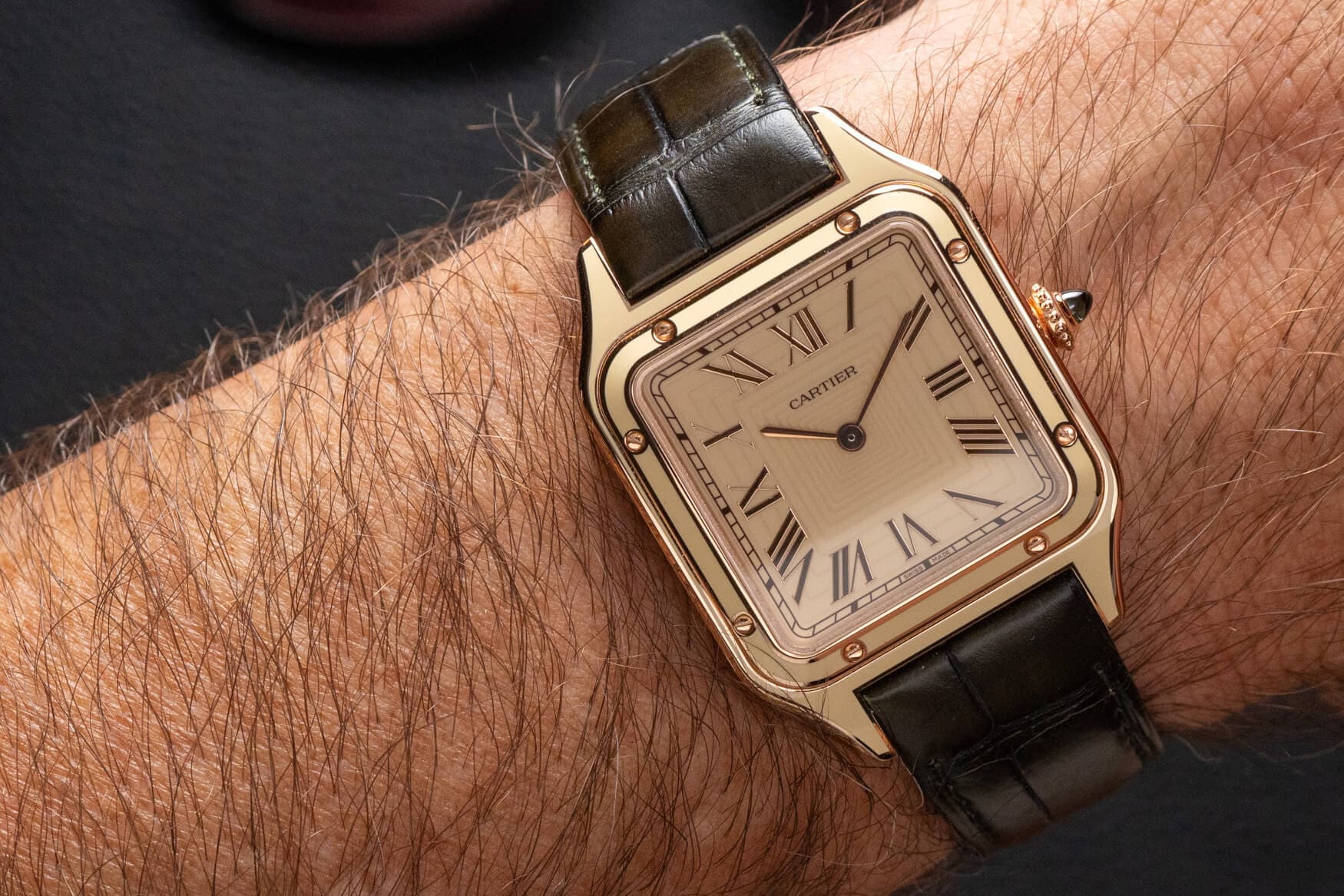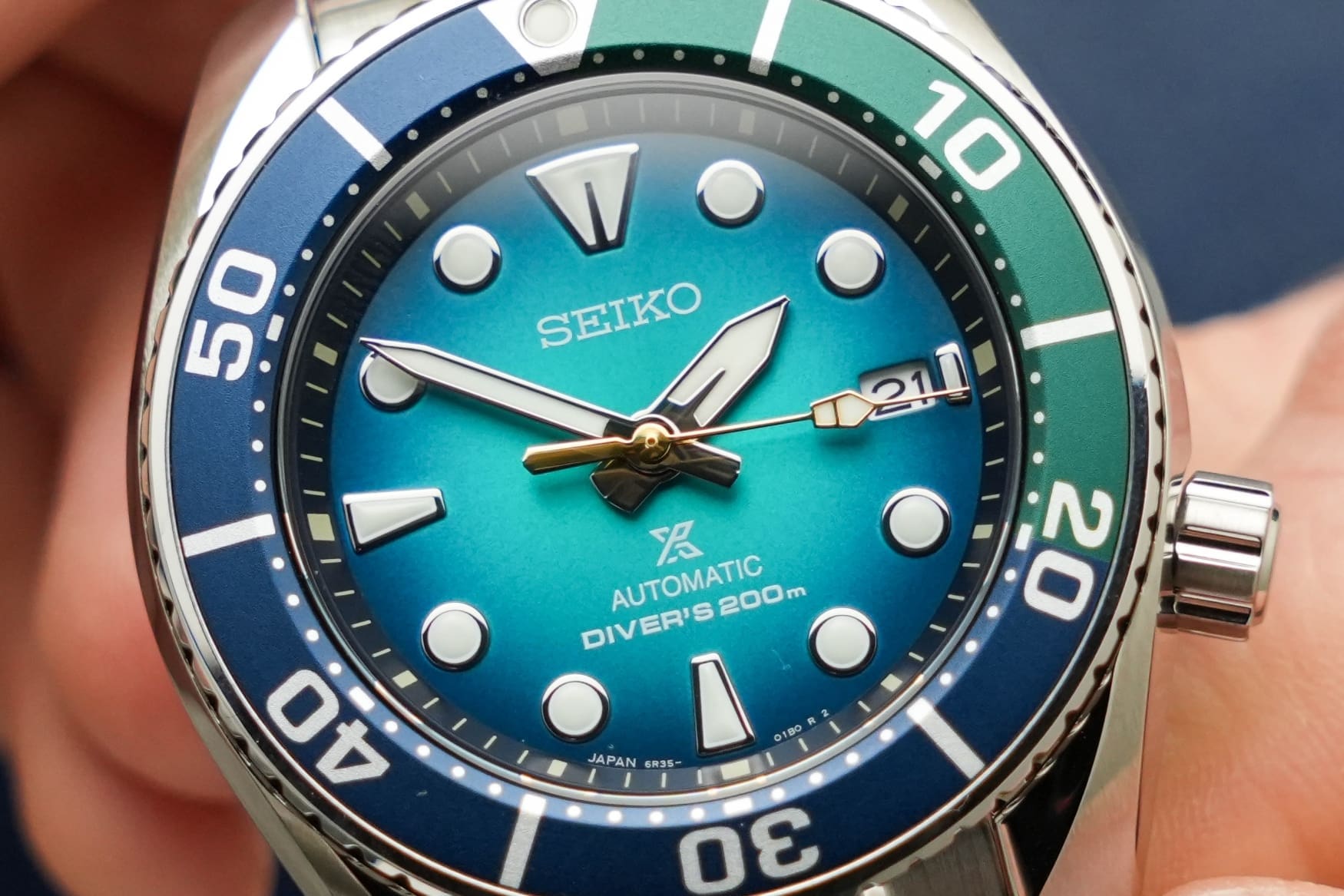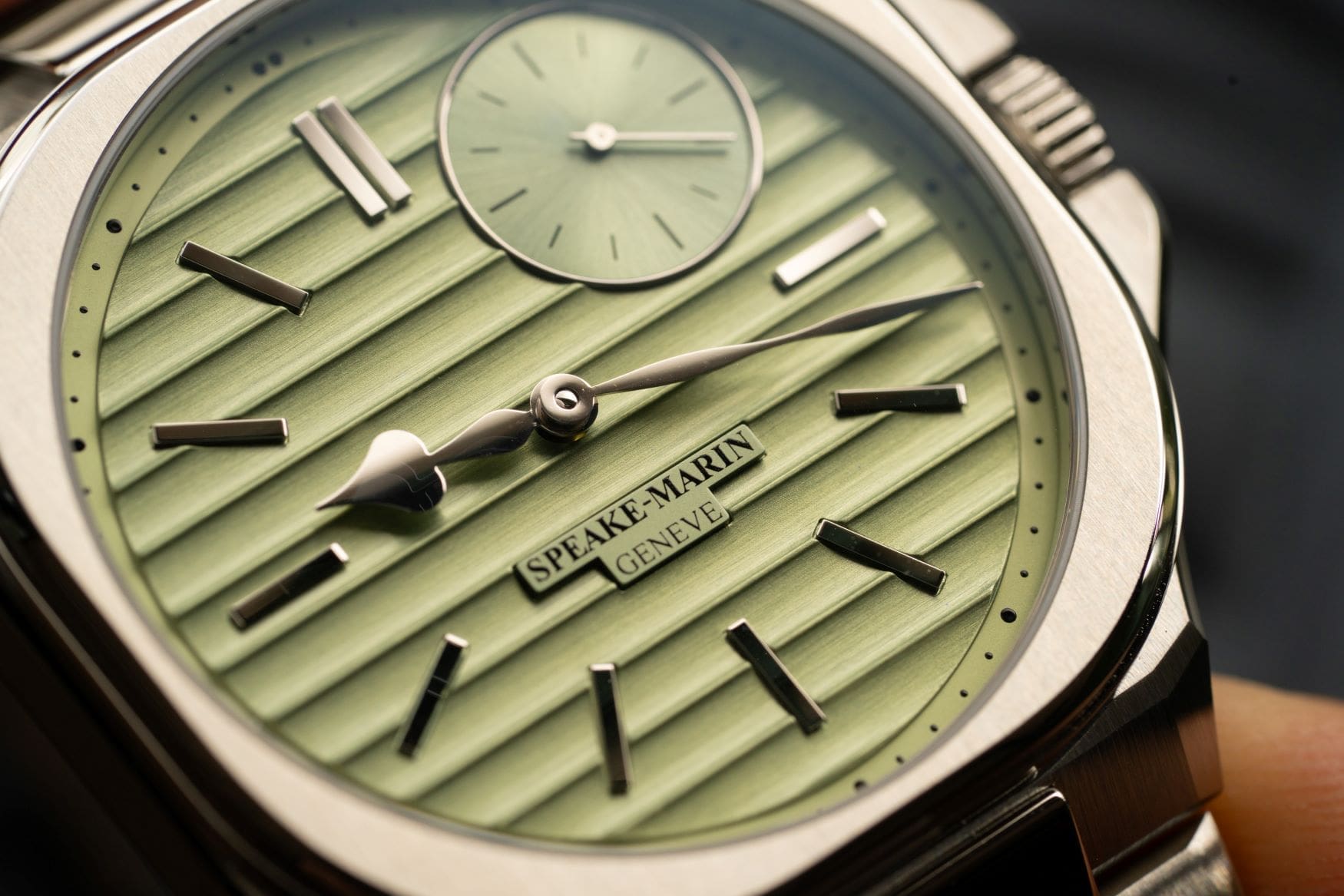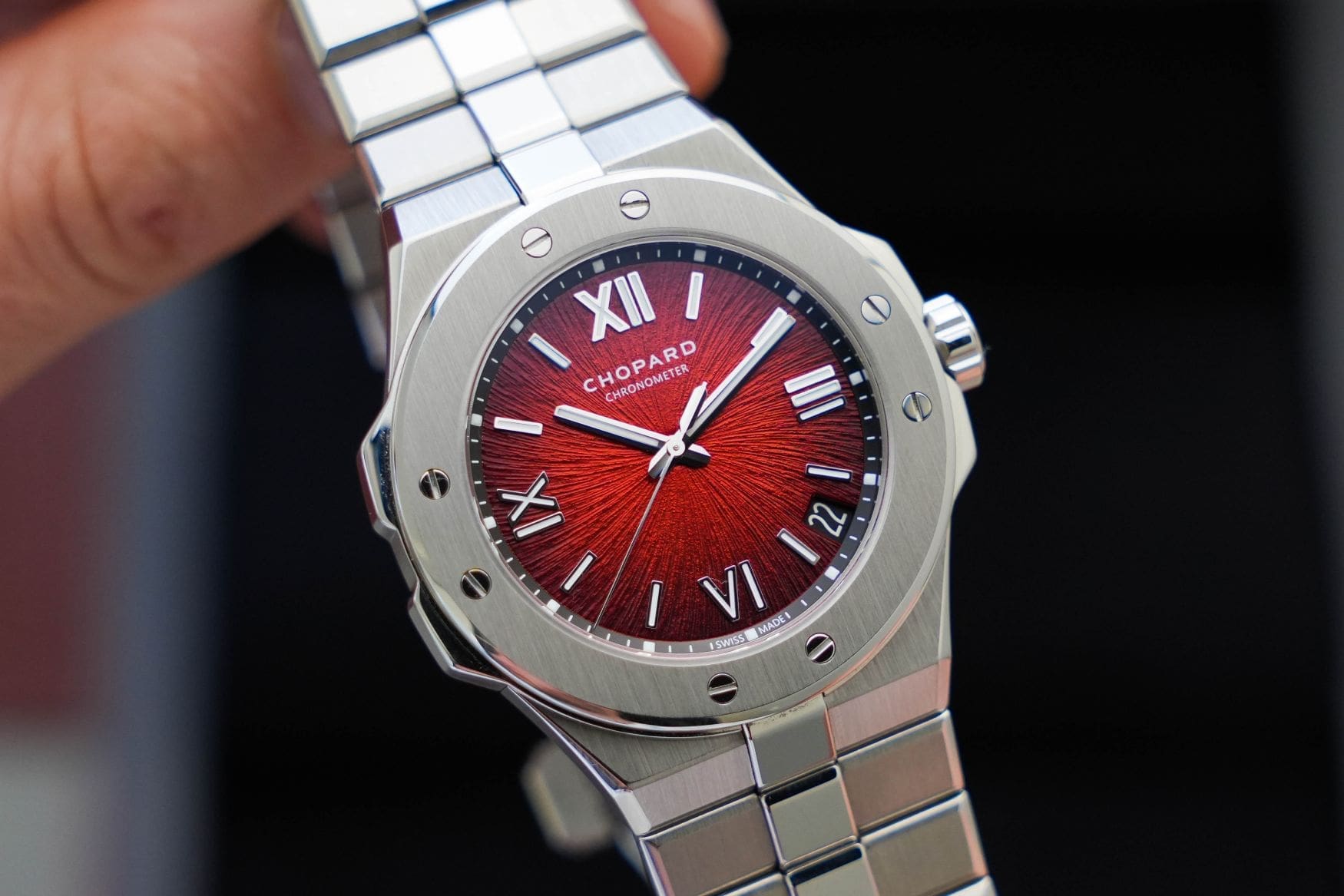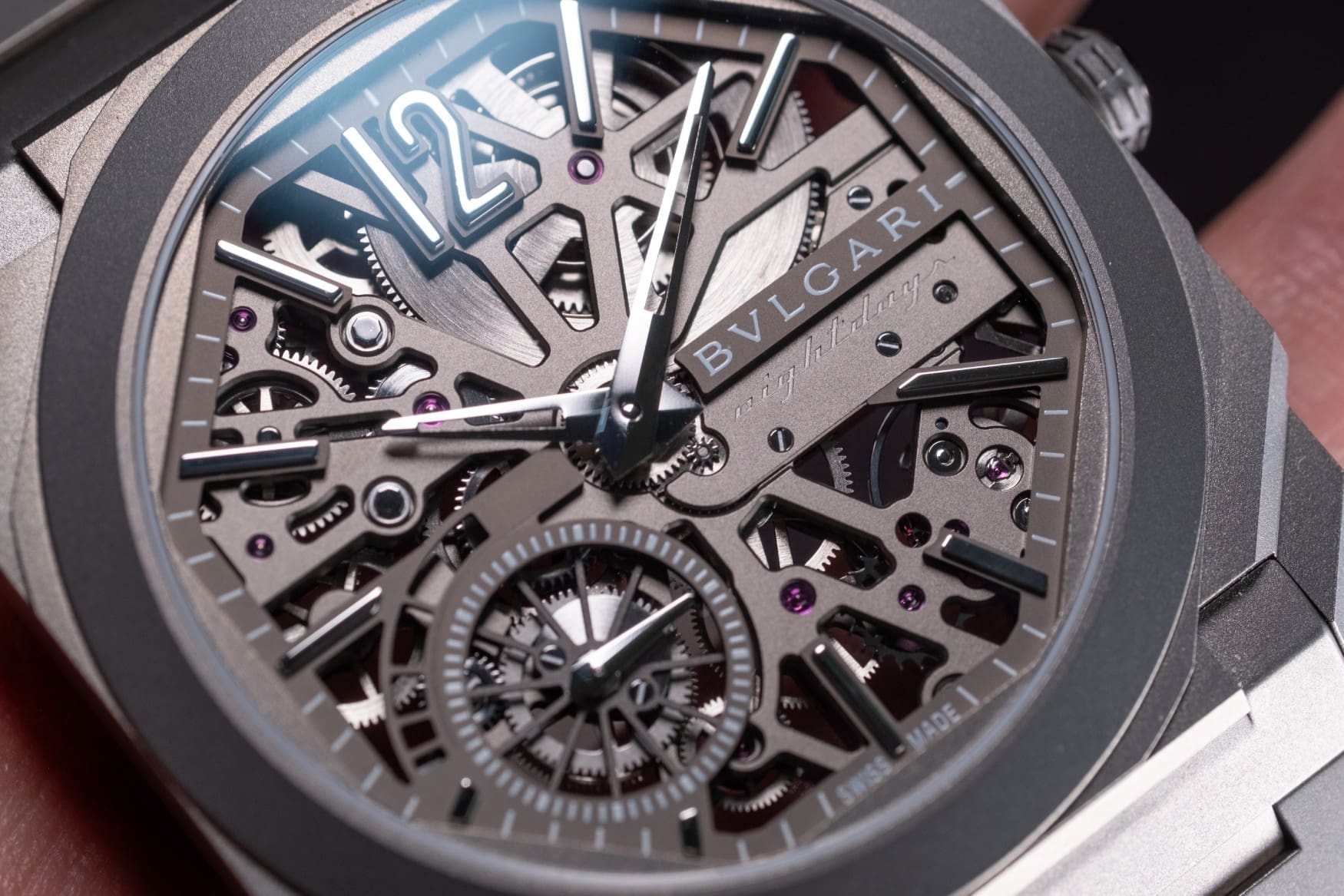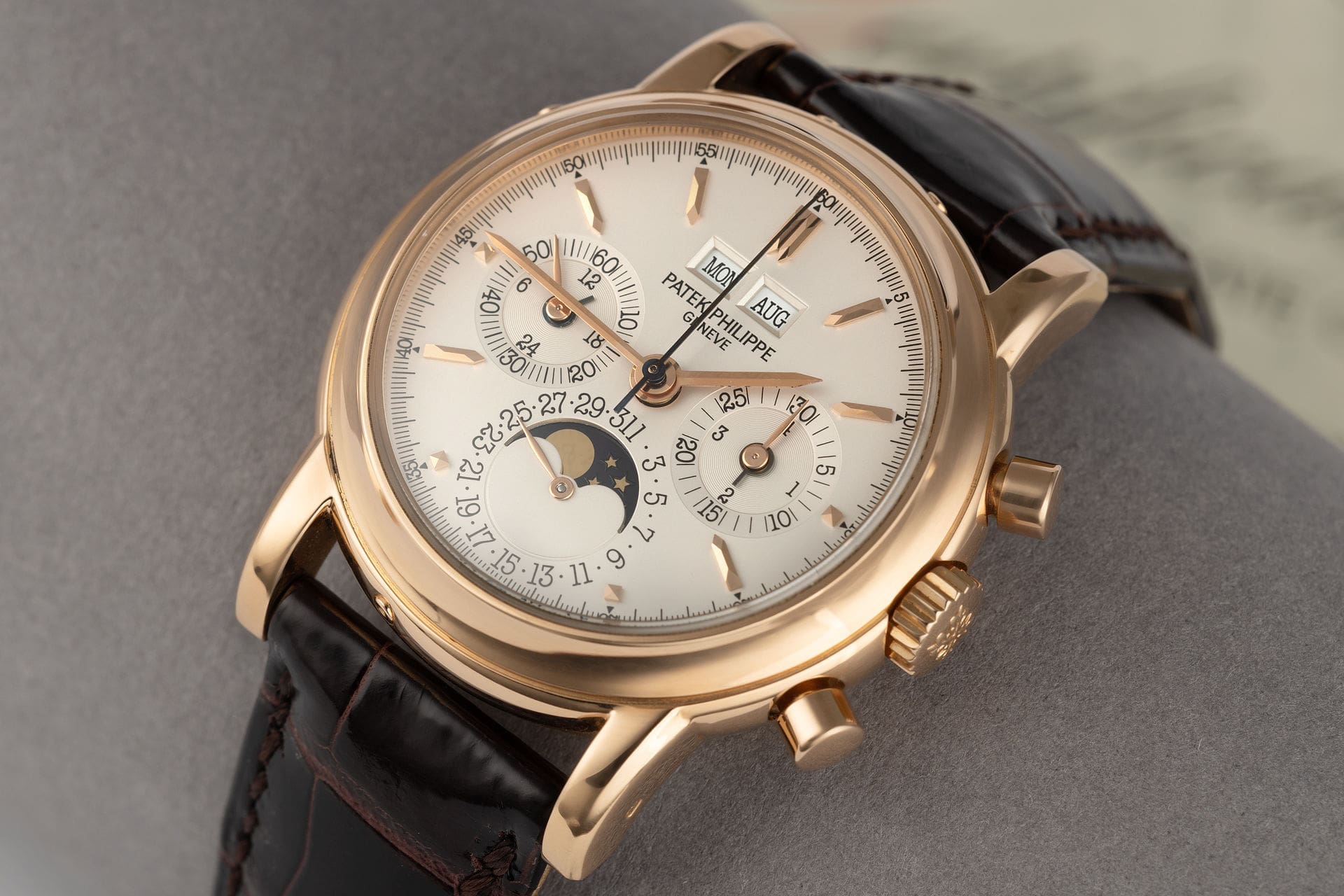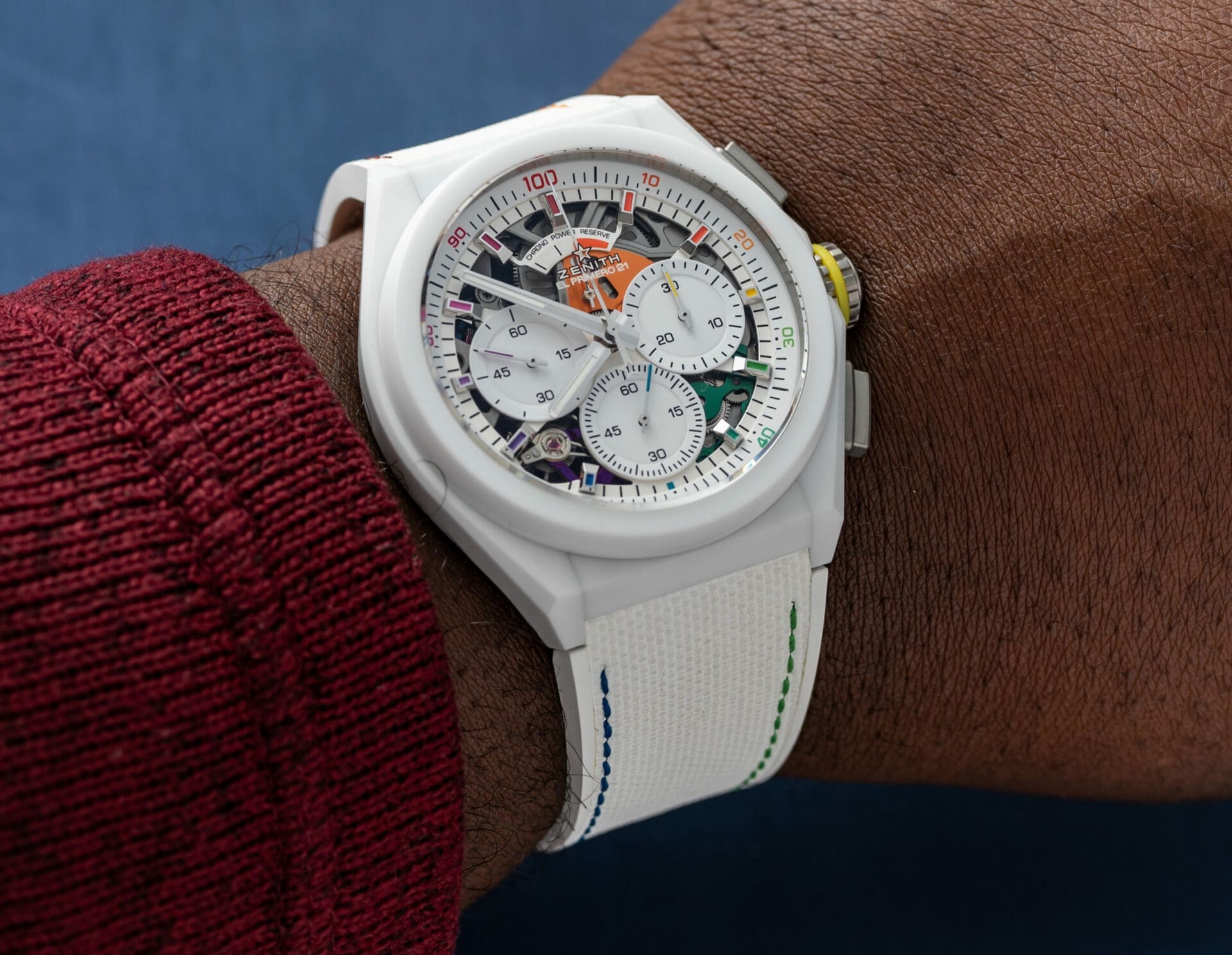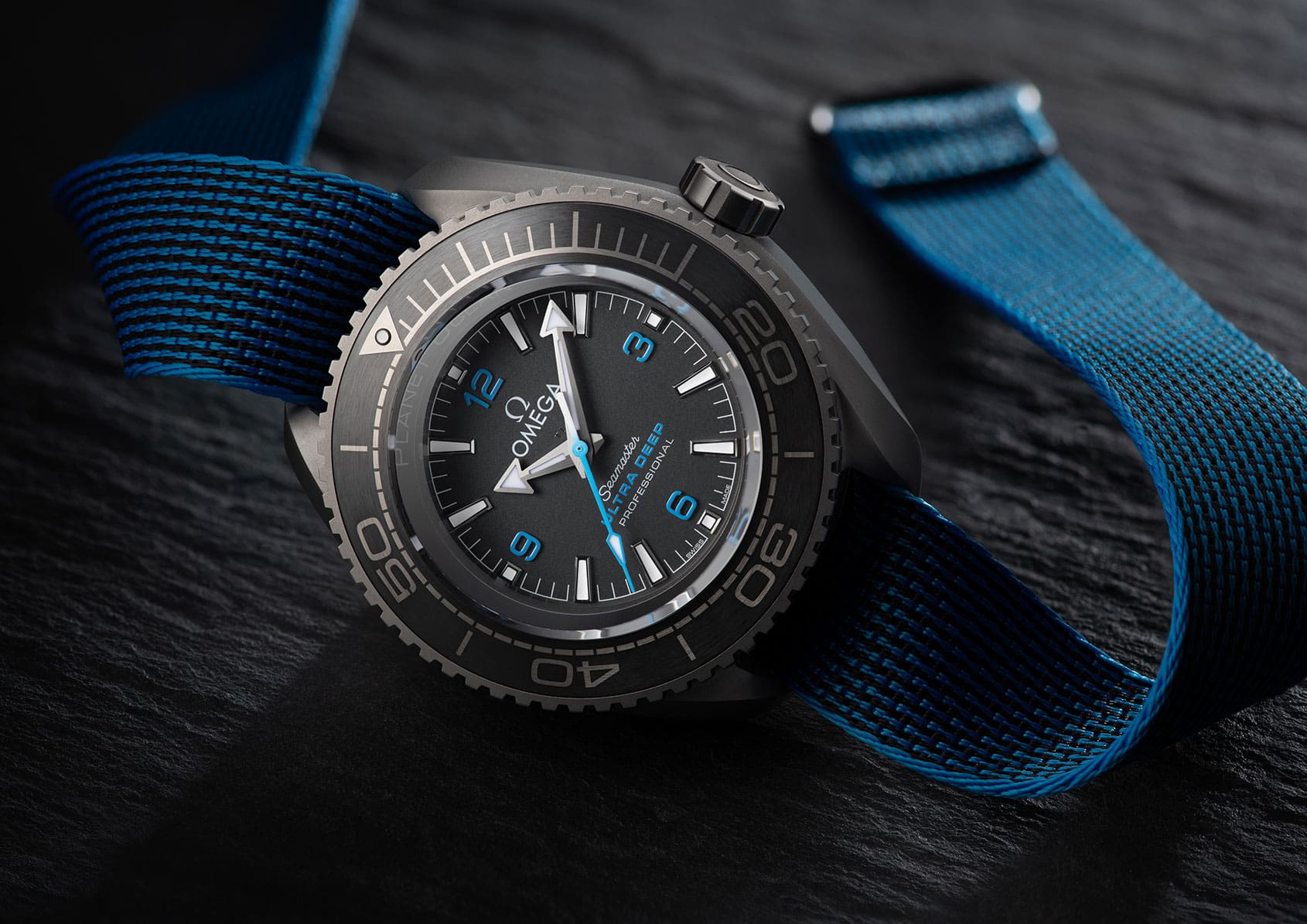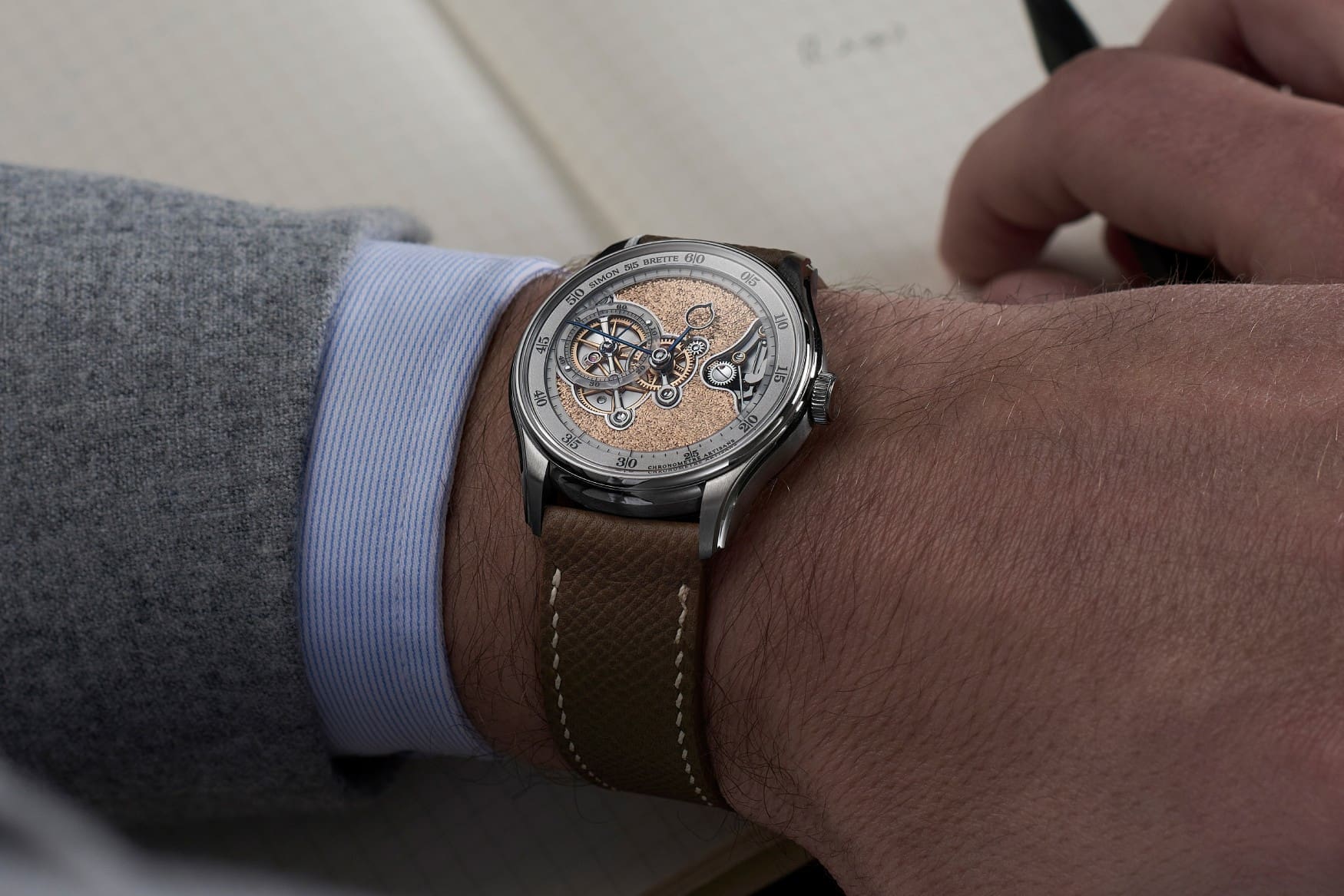The T+T team argues the most important aspect of a watch
Time+TideDuring a recent brainstorming session, the question was raised as to what is actually the most important thing when buying a new watch. Is it the dial? The movement? The ratio of chuffed to unchuffed bits? Whichever it may be, we found ourselves having differing opinions across the board, so what better way to argue our points than to the masses?
Zach – dimensions
It does not matter how great the dial is, nor how decorated and spec’d out the movement is. Said hypothetical watch can even have an alluring price. But the ultimate make or break aspect of a watch is its dimensions. If these precious millimeters, whether diameter, thickness, or lug-to-lug, are not in your safe, goldilocks zone, then nothing else matters. Unless you collect museum pieces you are happy staring at in a box or on a stand, if the fit on the wrist is subpar it will inevitably be a regrettable addition to your collection.
Seasoned enthusiasts and collectors can all remember a time where a watch debut looked really compelling in a feature image for a story, or a post on social media, only to click through, see the dimensions, and in Shark Tank fashion decry ‘and for that reason, I am out”. So, for the newcomers reading this, I implore you to try various shapes and sizes of watches on your wrist to establish your dimensions parameters and benchmarks. It will save you a lot of heartache and money.
Buffy – dial
I understand that there are a lot of important factors when choosing a watch, and something like a fantastic movement or a funky case can be a big pull. But are you ever going to buy something if you don’t like the dial? If the case is the frame then the dial is the artwork, pulling your focus into a central display which supports the basic time-telling nature of these objects. If the colour, texture, or layout is attractive, or at the very least inoffensive, that’s going to be the main reason you want to look at your wrist.
Not only is a dial fundamentally integral to a watch’s looks, it’s also been the main area of development within the watch industry in the last decade or two. Bold colours, gradients and materials have all been introduced into the mainstream where we’ve basically only had white, black and blue in the vast majority of watches since the 1910s. There simply isn’t enough room for experimentation with a case because an avant garde case can be too distracting, and experimentation in movements can only be done with quite a high price tag.
You could argue that dials are the reason why wristwatches are still popular in the modern era too, as it’s the alluring dial photos which spread across social media and attract new audiences. I’ve had many friends come to me for watch recommendations, and for the most part, they don’t care at all whether their watch has a quartz or a mechanical movement. They barely even care if the case size suits their wrist. They mainly care whether they like the dial, the hands, or admittedly, the water resistance.
Jamie – power reserve
People get really hung up on whether or not a watch has an in-house movement or not, but I think a far more important consideration is the power reserve of a mechanical watch. Most of us don’t own a watch winder, and if you have multiple watches in your collection (or if you simply don’t like wearing a watch every day), having a decent power reserve is a significant quality-of-life feature. It bamboozles me when brands like Jaeger-LeCoultre, Patek Philippe or Piaget come out with beautiful in-house movements that only have measly 40-hour power reserves.
There’s a reason us watch journos harp on about the concept of “weekend-proof” watches – that is, watches with a power reserve long enough that you can put the watch down on Friday night and pick it up again on Monday morning and you don’t have to rewind it. Personally, 70 hours is the benchmark for me: anything less than that is inconvenient. I love my Citizen Promaster Diver ‘Fugu’ Full Lume but it’s only got a 40-hour power reserve, which means I’m constantly having to adjust the time on it between wears.
A watch’s power reserve is particularly important as soon as it’s any more complicated than just a three-hander. If it’s a time-only piece, whatever, but advancing date wheels is a pain in the arse, and it’s even worse if you’ve got a day/date display (or if it’s a perpetual calendar – at which point you really should invest in a watch winder, I reckon). Having a substantial power reserve is also important for watches with energy-thirsty complications like chronographs, as they sap additional power.
If you care about accuracy, too, having a substantial power reserve is important: as the mainspring unwinds and the power reserve decreases, the torque delivered to a watch’s movement varies, which can reduce its accuracy. A longer power reserve also reduces the effects of gravity and magnetic fields on timekeeping – although some watches with big power reserves achieve those big numbers by reducing the frequency of the movement, which in itself also affects accuracy…
Of course, this consideration becomes even more complicated once you start considering quartz watches, too – at which point the discussion is more about how easy it is to change a battery. I’ve owned G-Shocks which have lasted over 10 years without having to change the battery. In any case, there are few features of a watch that will please or frustrate you more than its power reserve.
D.C.’s pick – water resistance
Oh, this is just silly. All of the attributes listed by my fellow wrist obsessives are important for selecting the perfect watch, but I will say that water resistance is probably just a click above the rest. And it comes down to one thing: functionality. I say this as someone who wears everything in my collection. Now, am I going to trot out my vintage Gruen dress watch for a relaxing day at the shore? Yeah, nah. I do wear it when the occasion calls, but my more delicate pieces will logically stay safely in the box when the forecast calls for waterborne hijinks. And because of that, it limits my choices. I have both larger and smaller watches in the collection, but I can’t wear my tiny mid-century Caravelle, nor my 41 mm Navitimer when conditions are adverse. Because guess what? If you brick your vintage dress watch because of water ingress, it’s no longer a watch, it’s jewellery. The good news is that there are plenty of water-resistant choices out there, even at bargain baller prices. To wit: my rock-bottom Casio F-91W is both tiny and water resistant enough for daily wear under most conditions, apart from actual diving. The watch that cost me US$17 brand-new is a good sight more durable than Casio lets on. They rate it at a modest 30 metres, which basically means it’ll survive washing your hands. Stop it, Casio, you’re embarrassing yourself. The reality is, the price or size of a watch has no bearing on how it’ll hold up in real-world conditions. This fella put it through a raft of household torture tests, including freezing, boiling, and a spin through the washer and dryer, and it was just fine. Another chap went further and filled one with mineral oil, then threw it overboard, plunging it to a depth of 200 metres, thus hacking the cheapest watch on the market into a legit diver. So in conclusion, to keep your watch a watch in all conditions, water resistance surpasses all other considerations.
Borna – price
The easy cop-out is to say that everything on a watch matters, which is partially true, though there is one aspect that trumps all, and that’s the price. Look, just like many other watch enthusiasts, I am as irresponsible with my watch spending as it gets, but no matter the degree of irresponsibility I choose to harbour, there is always a ceiling. There’s a difference between being able to afford a five-figure watch (which is a lot of money no matter how you look at it) and doing so, and simply not being able to. If the watch you fell in love with has the perfect size, the most beautiful dial you’ve ever seen, the most comfortable bracelet that’s ever graced your wrist, and plenty of water resistance – but prices you out – well, you’re shit out of luck. I’m in no way suggesting that the perfect watch for someone has to be expensive, merely that some watches will simply always be out of reach for most. It’s a cynical way of looking at this wonderful hobby of ours, I admit. It’s just the way the cookie crumbles.




